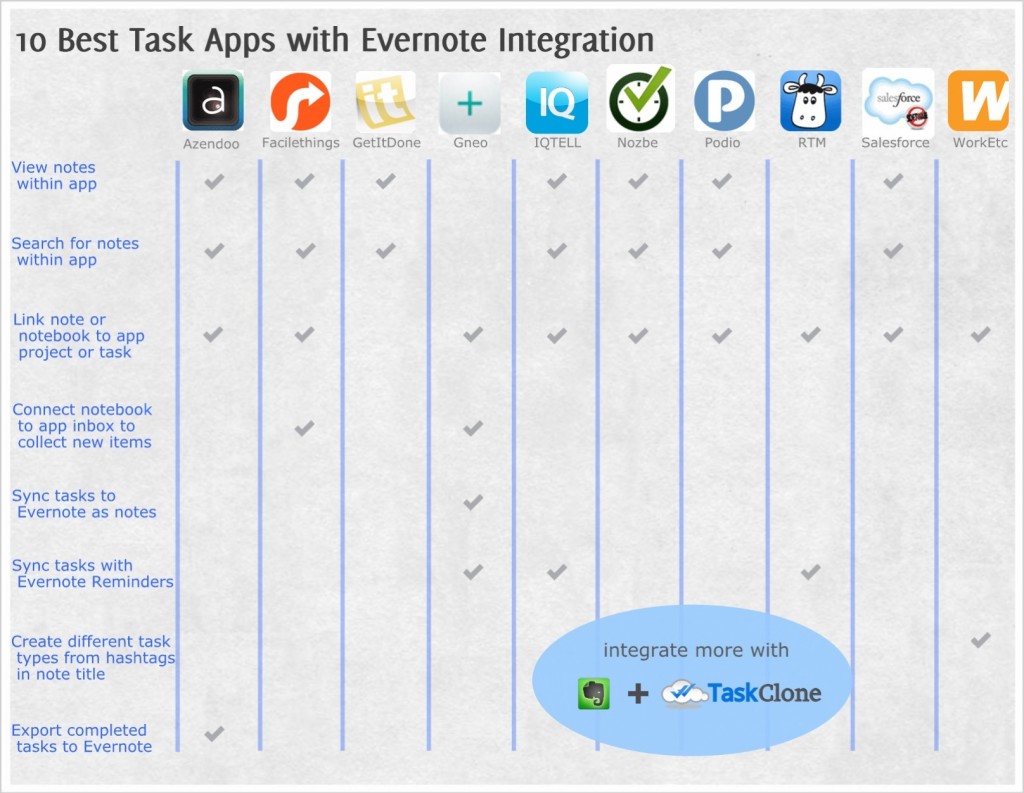



It started with note-taking applications like Evernote and has now developed into PKM. Thanks to the phone in your pocket, the tablet in your bag, and the laptop, smartwatch, e-reader, or other IOT device that connects you to the world, you are more distracted and have more information available than anyone did when GTD was released.Ī new category of software evolved to help us manage commitments and all this information. Yet, even after two decades, no time management or to-do philosophy comes close to the effectiveness and popularity of Getting Things Done.īut software developed, and things that weren’t possible in 2000 can be implemented easily on your mobile devices today. Overwhelm was rife, so the idea resonated with people, and GTD quickly became the only task or life management system people took seriously. Essentially, the lists did the remembering, so your brain didn’t have to, freeing it up to do more creative things, have less procrastination, and feel less stressed.

Rather than keeping all your to-dos and someday maybes inside your head, David Allen recommended recording them concretely in an external system. David Allen, the author of Getting Things Done, called it the “external mind.” When GTD was first released in the early 2000s, one of the main benefits of this task management system was the idea of getting things out of your head and into a trusted system. Here’s how to put GTD in your Second Brain. Getting Things Done’s external mind is easy to integrate into your PKM. Students use it to make lecture notes, but your second brain can also accommodate an entire GTD system. Share on Twitter Share on Facebook Share on LinkedIn Share on Pinterest Share on Redditīuilding a second brain is the perfect way to store all your memories, ideas, and knowledge.


 0 kommentar(er)
0 kommentar(er)
